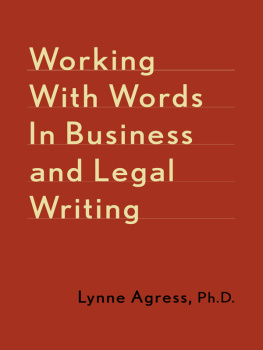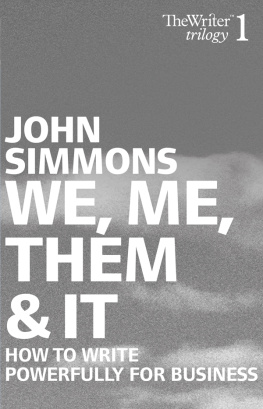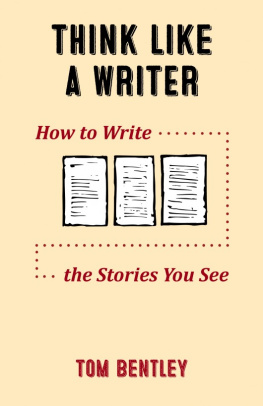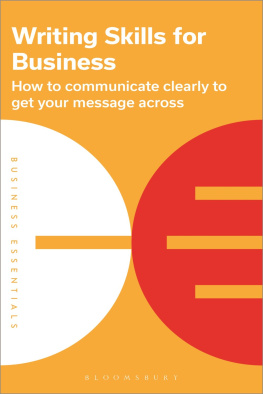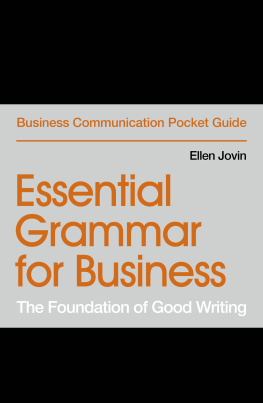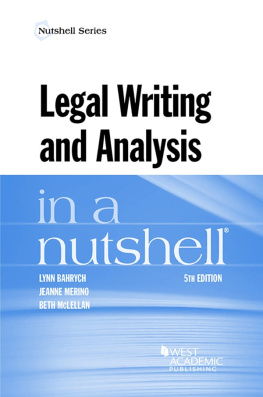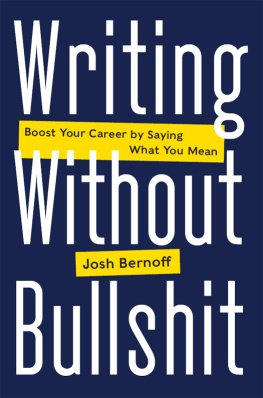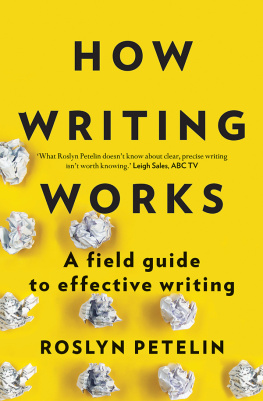Credits
Drawing by Peter Steiner. Copyright 2001 The New Yorker Collection from cartoonbank.com. Reprinted with permission. (page 8)
Drawing by Bruce Eric Kaplan. Copyright 1998 The New Yorker Collection from cartoonbank.com. Reprinted with permission. (page 17)
Cartoon by John Spencer. Copyright 2000 by John Spencer. Reprinted with permission of PhiladelphiaBusiness Journal. (page 21)
Drawing by Peter Steiner. Copyright 1993 The New Yorker Collection from cartoonbank.com. Reprinted with permission. (page 26)
Drawing by TOLES. Copyright The Buffalo News. Reprinted with permission of Universal Press Syndicate. All rights reserved. (page 29)
Drawing by Robert Mankoff. Copyright 1995 The New Yorker Collection from cartoonbank.com. Reprinted with permission. (page 35)
Cartoon by Jim Sizemore. Copyright 2002 by Jim Sizemore, www.business-as-usual.com. Reprinted with permission of the artist. All rights reserved. (page 37)
Drawing by TOLES. Copyright The Buffalo News. Reprinted with permission of Universal Press Syndicate. All rights reserved. (page 42)
Drawing by William Haefeli. Copyright 1999 The New Yorker Collection from cartoonbank.com. Reprinted with permission. (page 53)
Drawing by Arnie Levin. Copyright 1996 The New Yorker Collection from cartoonbank.com. Reprinted with permission. (page 64)
Drawing by Mick Stevens. Copyright 2001 The New Yorker Collection from cartoonbank.com. Reprinted with permission. (page 89)
Drawing by Charles Barsotti. Copyright 1992 The New Yorker Collection from cartoonbank.com. Reprinted with permission. (page 99)
Working with Words in Business and Legal Writing
PART ONE

Words on Writing
Introduction
D espite the current expansion in the use of communication technology, written and verbal literacy is in dramatic decline. Ironically, as our communications proliferate via computer networks, faxes, e-mail and the Internet, we are becoming less and less literate. Our educational system is a convenient culprit. Not all, but many of our schools are woefully underfunded, poorly staffed, and forced to spend more time on policing and less on educating.
Outside of English classes, schools give little attention to grammar, and fewer English teachers require their pupils to diagram sentences. Moreover, many schools no longer require the study of foreign languages (not even Latin, although it is the foundation of English grammar), and some schools would rather teach students to push buttons on computers and calculators than teach them the principles of reason and logic.
As a result, many professional and businesspeople cannot communicate well. Every dayoften without knowing itlawyers, engineers, marketing managers and others lose deals and/or major clients because of poor writing skills. Either the reader misunderstands what the writer has written, or the reader is offended by the tone of a letter or report, by bad grammar, by wordiness and redundancy, by jargon or by other mistakes in communication.
But good writing need not be a dying art. The following chapters are about common mistakes in professional and business correspondence and how to correct them. You can learn to edit your own writingas well as that of your co-workers and employeesto improve communication with clients, with friends and even with family.
Lets begin with a quiz to test your literacy quotient.
1

How Literate Are You?
A Grammar/Usage Quiz
W hen youre trying to close that special deal, to impress a new client or hang on to an old one, your English can make all the difference. But you might not write or speak as well as you think you do. Flawed language is more common today than you may realize. Even journalists, newscasters, politicians and talk-show hosts use words, phrases and sentences that are redundant, awkward and just plain wrong.
To test your language skills, choose the statement below that best completes the scenario described. Then turn to page 11 to find your overall literacy rating.
QUESTIONS
1. Youve just been asked to give a major presentation to a visiting client from XYZ Industries whose business is much sought after. You stand up and say:
- Today XYZ Industries is making a major contribution.
- At this point in time XYZ Industries is making a major contribution.
- In todays society XYZ Industries is making a major contribution.
2. Youve just found out that Charlie, your former boss who always blocked your promotions, is in town. You say to your husband:
- I could care less.
- I couldnt care less.
3. A co-worker says he knows where to get, cheaply, a slightly used Mercedes, a compact stereo system and ski equipment. But somehow he never gives you the names of the dealers, nor does he offer to take you shopping with him. You tell a friend:
- The guy is all talking and no action.
- The guy is all talk and no action.
- The guy just talked, but he doesnt do anything.
4. Alice, the new broker, has just appropriated one of your good accounts. You tell a friend:

